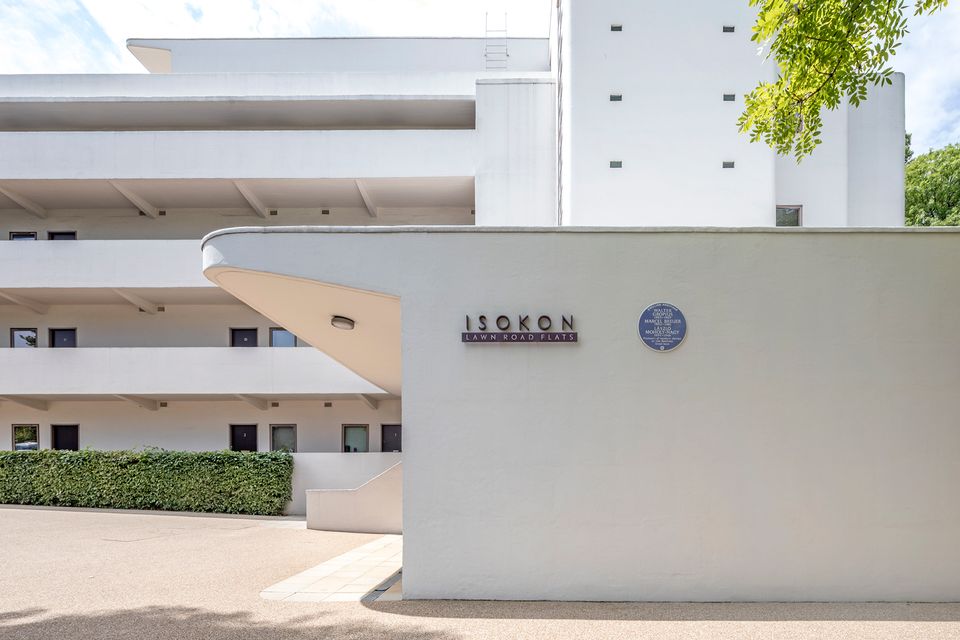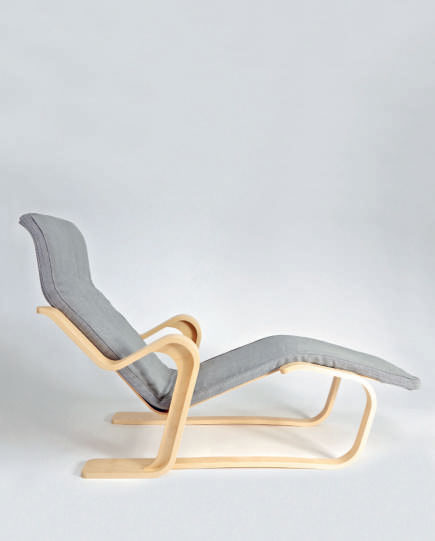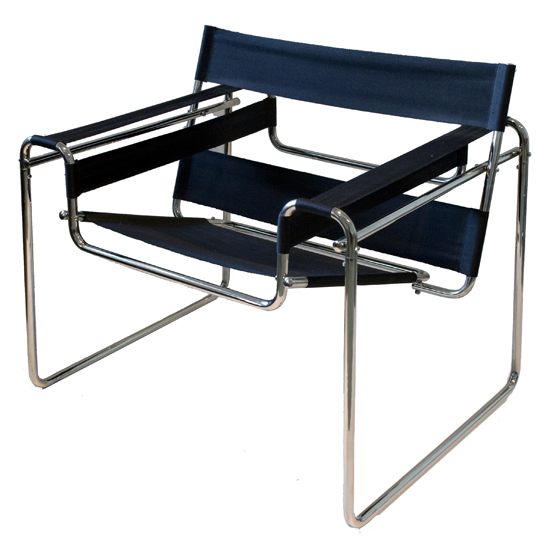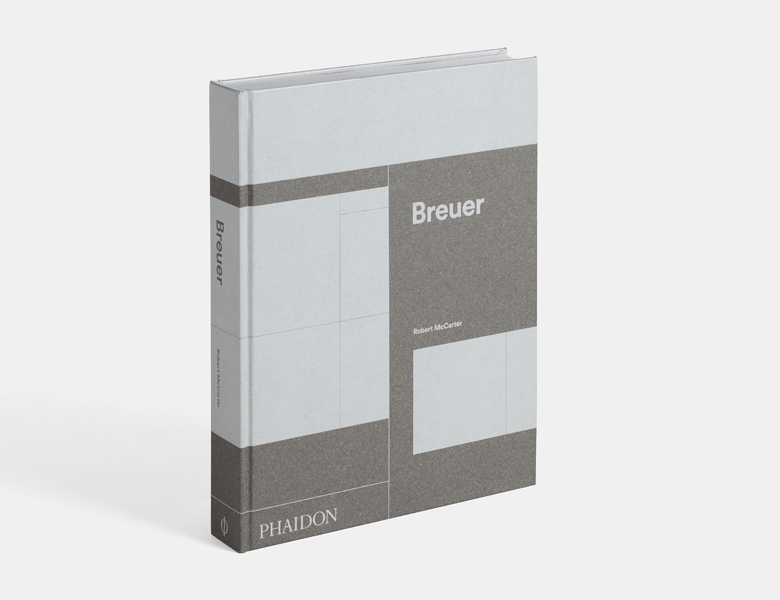
How Britain changed Breuer (and his Bauhaus buddies)
You might have seen the Blue Plaque go up in London. But did you know how the capital changed Breuer's designs?
During the 1930s, Britain never quite embraced modernism in the way that Germany or the US did. However, for a short period it was home to some of the movement’s most notable pioneers, as English Heritage acknowledged on Monday, when the organisation unveiled a Blue Plaque on the Isokon building in West London. It honours the Bauhaus alumni Walter Gropius, Marcel Breuer and László Moholy-Nagy.
These continental European designers only spent a small amount of time in Britain, before immigrating to America, however Britain influenced Breuer and his friends in unlikely ways.
Moholy-Nagy moved into feature film, creating special effects for the 1936 HG Wells movie, Things to Come; Gropius pioneered metal furniture and product design for the London Aluminium Company; and Breuer adapted his work to suit the British climate, as our book explains.

Gropius was the first to arrive in London in 1934, accepting both employment and accommodation from the British architecture and design firm, Isokon, which built and owned the block of flats the Blue Plaque now adorns. Breuer and Maholy-Nagy came the following year, and also took work from the company.
Isokon's head, Jack Prichard, was also the British marketing manager for the Estonian plywood company Venesta, which led Breuer away from bent metal – a material he had used in his earlier, pioneering furniture – and towards this versatile timber. Here’s how Robert McCarter describes this turn of events in our Breuer book.
“Pritchard asked [Walter’s wife] Ise Gropius to inquire as to whether Breuer would be interested in allowing Isokon to manufacture furniture to his designs," writes Robert McCarter.
The vast majority of Breuer’s designs that had been put into production were made with metal tubes and bars, but Ise Gropius wrote to Breuer that Pritchard was interested in producing chair designs that could be manufactured in wood: “There is a certain difficulty here with steel furniture as long as so few people have central heating.”

The cold cilmate served as hot inspiration for Breuer, who accepted the commission and came to love the way in which his old, metallic designs could be made to work with plywood.
“For Isokon, in 1935–6, Breuer designed the chaise longue and armchair, which were made entirely of bent plywood,” McCarter goes on. “Modelled on the bent aluminium bar lounge chairs and armchairs he had designed for the Swiss company Wohnbedarf two years earlier, the thick plywood J-shaped sled rails turn up to form the front legs and then back to meet the bed of the seat and back. All made of a single thin sheet of bent plywood.
"These chairs, with their elegantly curving and interweaving frames and planes were among Breuer’s personal favorites, and would be found in every one of his future residences,” McCarter writes. Good work, chilly old Blighty.

For more on this piece of furniture and many others order a copy of Chair: 500 Designs that Matter; for more Breuer, get our Breuer book here.